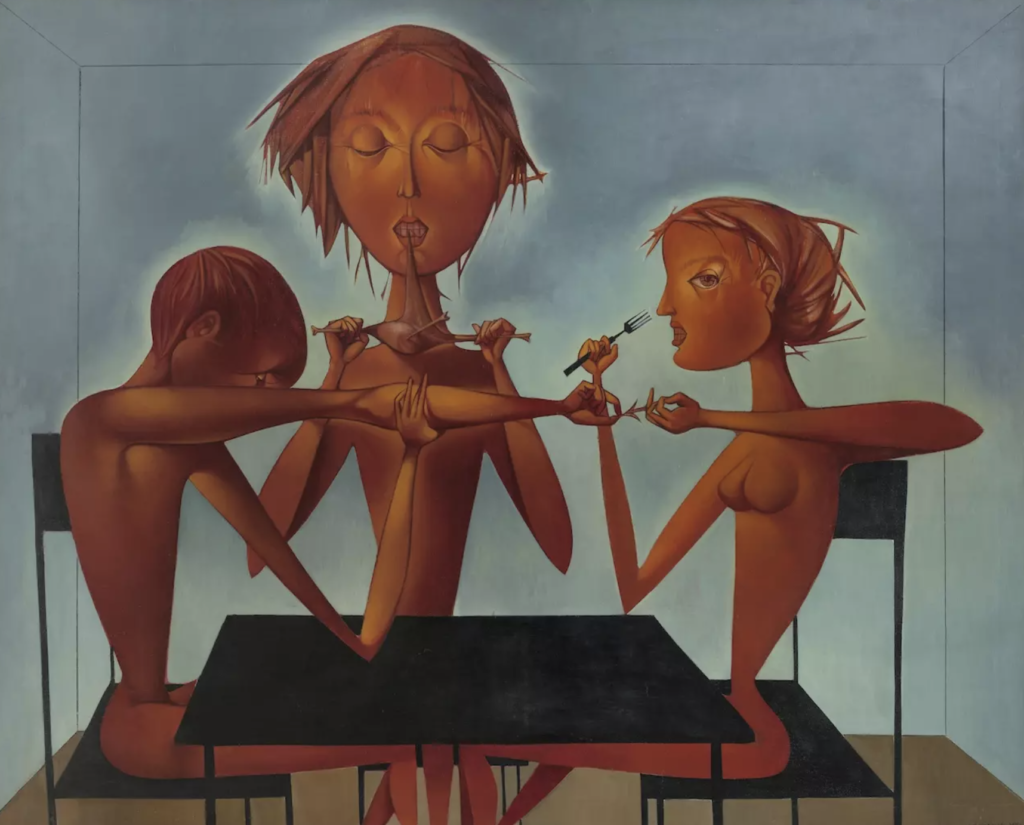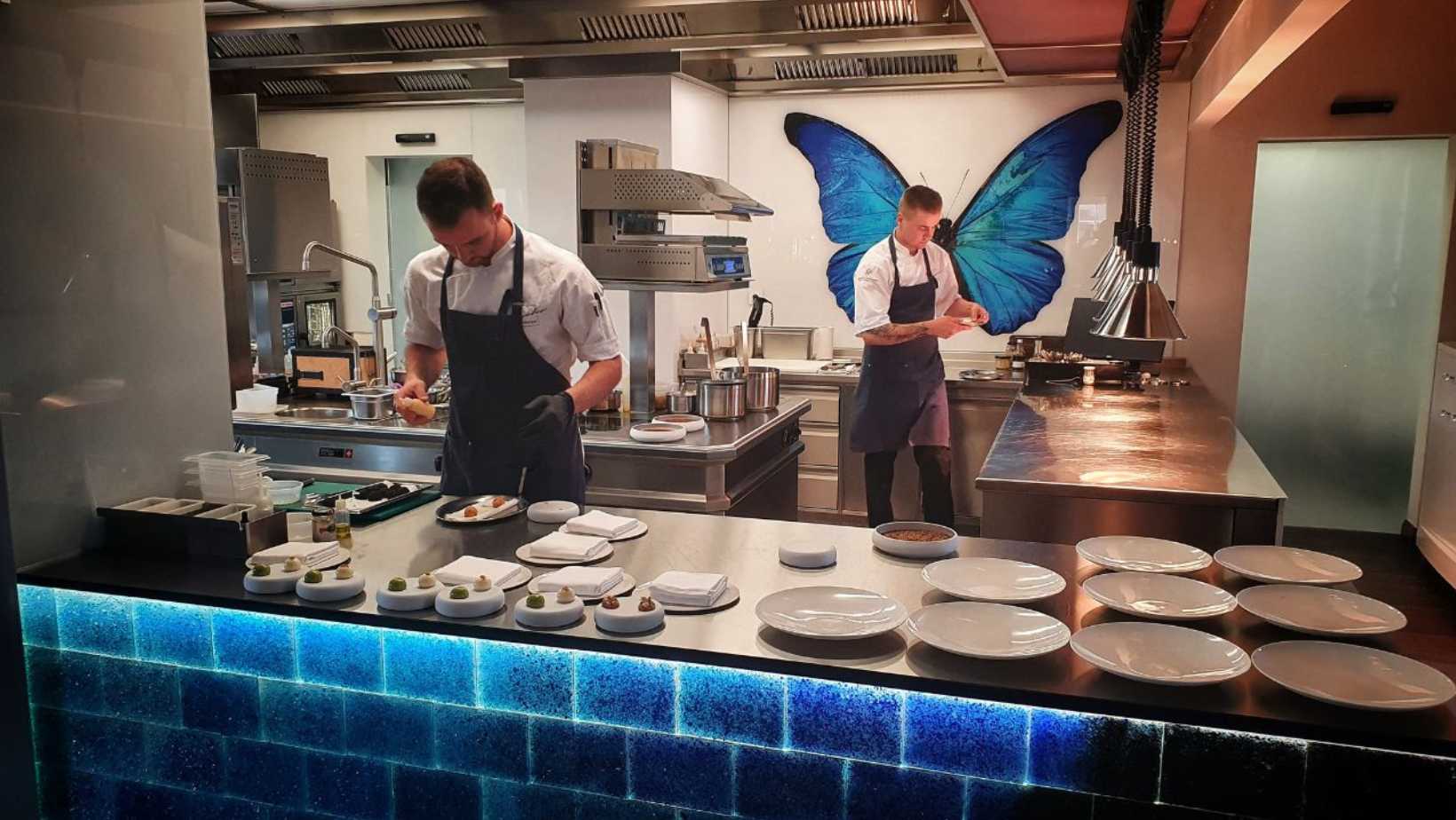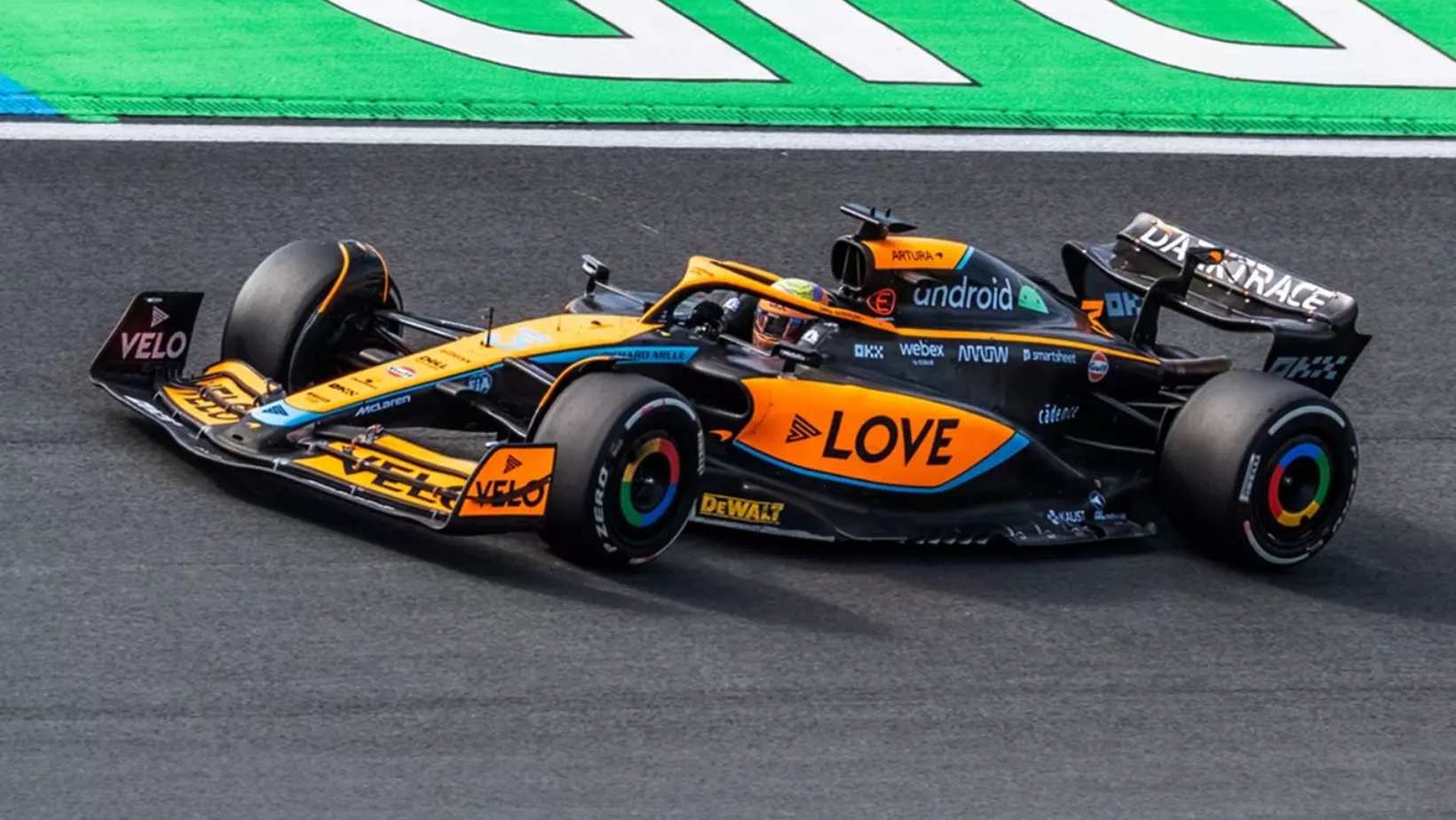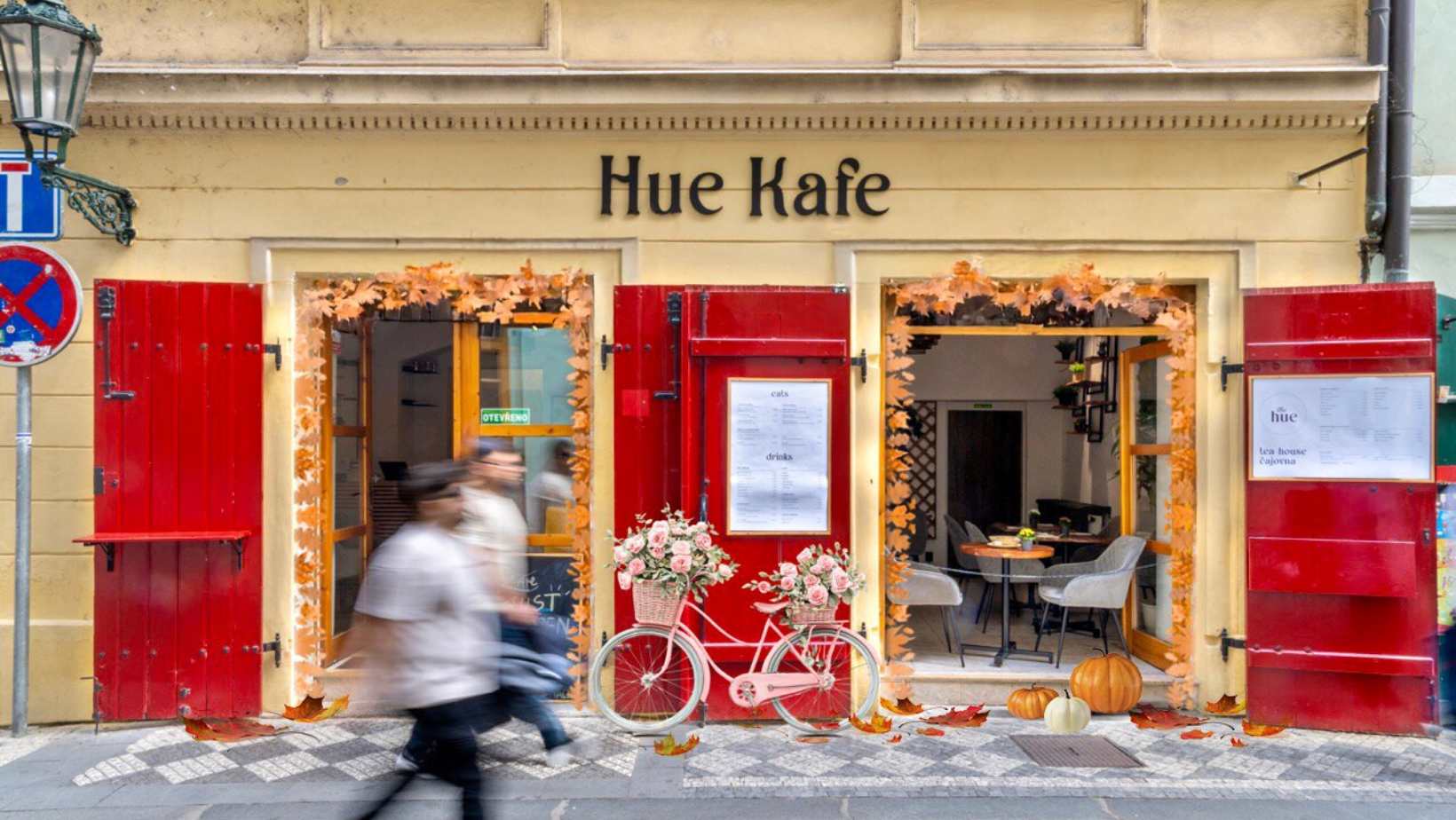Written by Kristyna Jandova, in cooperation with Anglo American University
The National Gallery of Prague should still be showcasing a retrospective of the modernist painter Mikuláš Medek, whose works were banned under Communism in the 1970s.
The exhibition “Naked in the Thorns” opened in September with the most extensive showings of the artist’s works ever, and it is in three locations: the Waldstein Riding School, the Trade Fair Palace, and the Convent of St.Agnes of Bohemia. Unfortunately, due to Covid-19 restrictions, Czechs are again not allowed to see his most monumental artworks.
The main exhibit in Waldstein Riding School highlights the artist’s personal development, which was strongly influenced by Cubism (Picasso), Surrealism (Salvador Dali and Joan Miro), and Abstract Expressionism, while personally impacted by the totalitarian regime that suppressed and restricted artists who were not Communist Party members. The exhibit also includes Surrealistic photographs by his wife Emilia Medková, and other notable Czech Surrealists such as Toyen, Libor Fara, and Karel Teige.
Since Medek enjoyed a brief respite during the political liberalization of the 1960s, the exhibit seeks to celebrate his legacy as one of the country’s most prolific and important post-war artists who had his works banned after the end of Prague Spring in 1968 until the 1989 Velvet Revolution.

Velké jídlo, 1956. Photo: Národní galerie Praha
Born in Prague in 1926 to the son of a general, Medek grew up in Prague’s Zizkov district with his one-year older brother Ivan, who was a classical music critic, radio broadcaster, and a journalist later forced into exile due to his support of the opposition and his work with the dissident playwright and much later Velvet Revolution leader Vaclav Havel.
Medek’s grandfather was the famous Czech Impressionist painter Antonín Slavíček (1870-1910), and so his mother steered young Medek towards art school. He attended the Academy of Arts, Architecture, and Design, (UMPRUM) but he was expelled in 1949 for leaving the Communist Party, which he had joined three years before. In that same year, Medek divorced his first wife and two years later married Emila Medková.
Medek’s mother died a year after his daughter Eva was born in 1952, leading him to depression and aversion to finding a job. Medek found himself struggling and isolated – so his wife became the breadwinner for the family as a commercial photographer while Medek spent his nights painting to fight his fears of abandonment, which manifested themselves in vivid nightmares he had fought since childhood.
Shifting from his original Expressionistic and Cubistic style, Medek joined a group of Surrealists strongly affected by the theories of avant-garde artist Karel Teige, an important member of Devětsil. During this period Medek started to work on his painting “A Big Meal” (completed in 1956). Politics may have also begun to creep into his work at this time.

Photo: Čeněk Folk
The feeling of aggression in “A Big Meal” marked by the red figurative painting may represent the artist’s response to the political situation of the first social and economic crisis due to the Communist Party’s failing policies. The painting shows three skinless figures (a mother and two children) sitting at a table; two children seem to be fighting for a thorn while the mother is devouring a piece of meat.
Another stylistic shift in Medek’s art came in the 1960s when his work started to take on mechanical motives. This led Medek to produce more geometric and abstract art, taking on the form of Art Informel – an expressive and lyrical abstraction. These were a much more spontaneous art compared to what he had previously created, and a reaction to his view on the world and its external conflicts, which he had experienced as well as his innermost struggles.
Prevailing in this period are much darker paintings with a new characteristic – depth. For Medek, red and blue were symbolic as “colors perfectly made out of metal – blue out of iron and silver, red out of gold. Any other color is a compound,” as he explained in an interview in 1967. One of the typical features of Medek’s style in this period is a blend between painting and relief, where layering also became his unique expression of emotions.
The oil painting “A Big Head Full of Little Naughtiness” in the muted shades of blue is 165 centimeters in length, and without its title would be just another abstract painting that could take on many different meanings.

Photo: Čeněk Folk
In 1963, Medek’s painting of a blue cross contrasting a dark red background – his symbolic colors – decorated the altar of the 18th-century church of Saint Peter and Pavel in Jedovnice – a town in South Moravia. Other interior projects that kept Medek working while he couldn’t exhibit his work in art galleries included his works for churches in Kotvrdovice and Senetarov – all of which are exhibited currently in the Convent of Saint Agnes of Bohemia.
The Trade Fair Palace is exhibiting the largest interior wall design projects by Medek, which also allowed him to show his work to the public after a period of refusal. When he won a contest in 1964 for the decoration of the new transit restaurant of Ruzyne Airport (now Vaclav Havel Airport), it took until 1969 to display his 17-meters-long painting “Signals,” while the Czechoslovak Airlines also ordered and exhibited his works earlier in Damascus and Kosice.
Viewing Medek’s original paintings in person is not the same as in reproductions, as some of them show marks of his nails, as he scratched his paintings. In these and overall, the most remarkable works in the “Naked in the Thorns” exhibition reveal how Medek projected many of his demons onto his canvases. His alcohol-themed paintings stand as an example. According to his brother Ivan, Medek never drank while painting but continued to consume vermouth when diagnosed with diabetes. The motive of alcohol is underlined in some of Medek’s works, such as “Too Much Alcohol”, a painting from 1964, “Too Much Alcohol II (Vodka)” from 1965, and “The Last Sleep of Big Alcohol (1967).”
Medek’s paintings served as his armor against tough times. His early death due to complications from diabetes in 1974 prevented him from experiencing the freedoms that his brother Ivan and many of his artistic peers enjoyed after the Velvet Revolution.
Although politics is far from restricting Medek’s art, these days, the long-awaited exhibition curated and designed by Lenka Bydžovská and Karel Srp together with the National Gallery in Prague (and in planning since 2015) has closed due to the pandemic — once again limiting the possibility for the wider admiration that Medek deserves.
The exhibition officially closes on January 31, 2021. For more information, visit this link.
-
NEWSLETTER
Subscribe for our daily news











